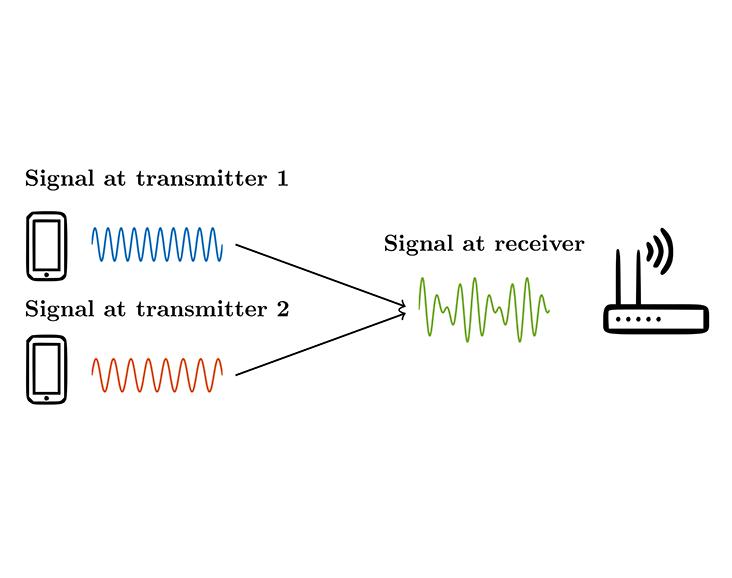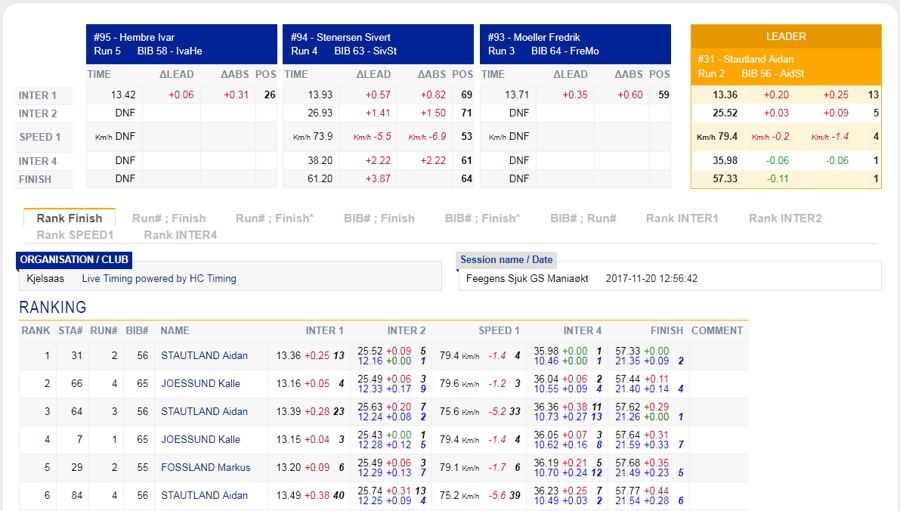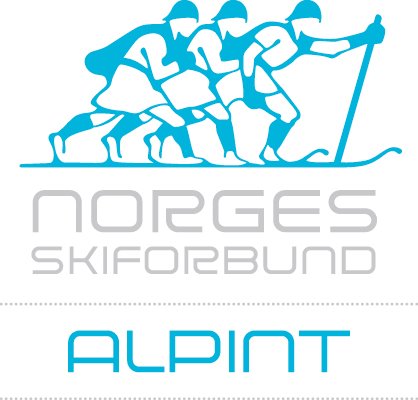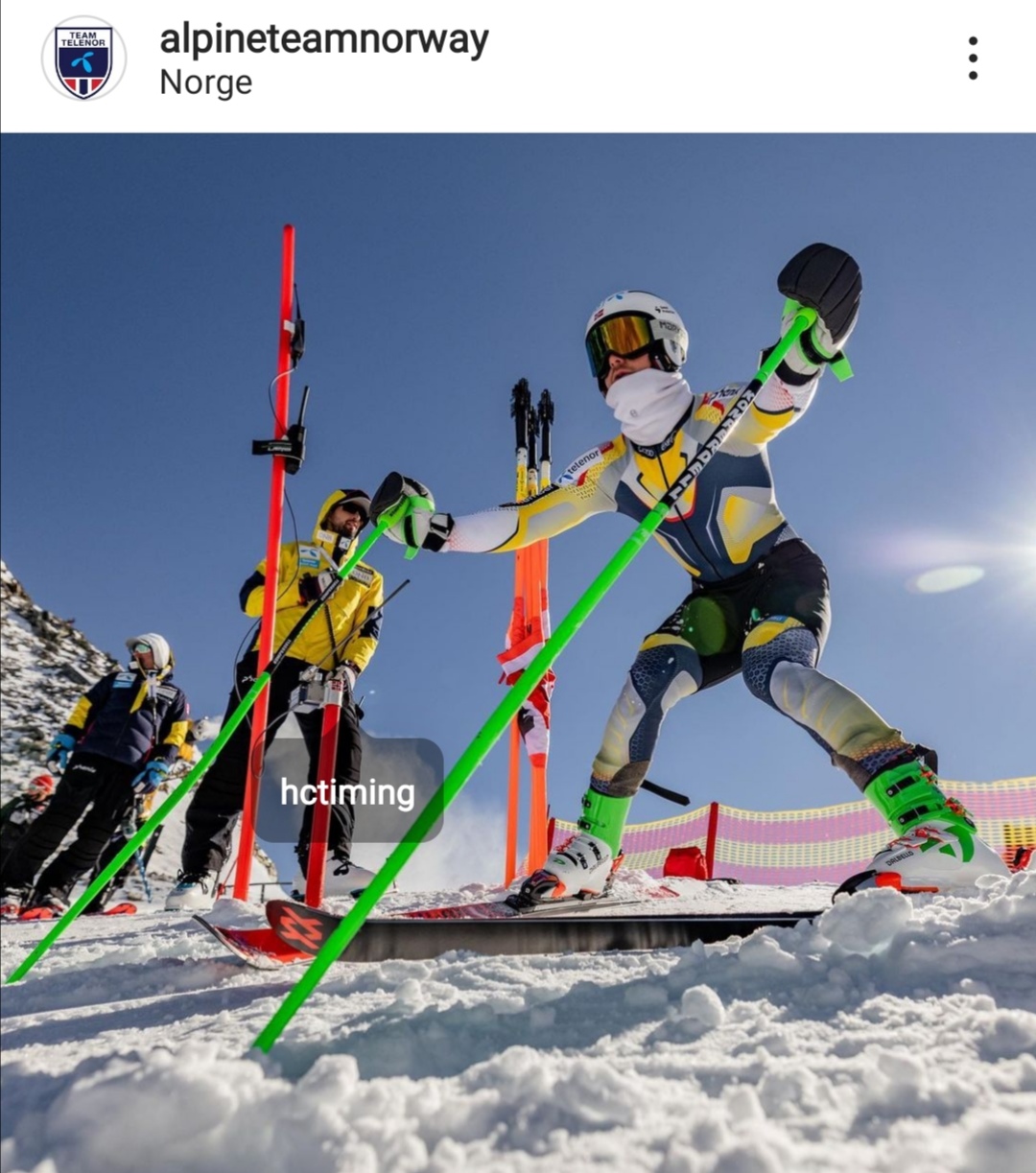
Wireless mesh network
Wireless connectivity between timer module and nodes (start gate, intermediates and finish) is essential for a trouble free operation. Loosing trigger impulses is something every trainer has experenced once too often! With the introduction of HC Timing innovative mesh technology, this is history now.A mesh network takes advantage of that each node (start, intermediates and finish) is in close vicinity to at least one of the other nodes. Hence, wireless radio connectivity between nearby nodes is much more probable in comparision to direct connectivity between start and a timer positioned close to the finish in a slalom course.
For example, a start impulse may be received by the nearest intermediate node which then relays (re-transmits) the start impulse further down to other nodes in the slalom course. Eventually, the timer will receive at least one of the multi-hop relayed start impulses. The fact that the impulse traverses among all the nodes adds redundancy to the wireless signal: Depending on the timer position it may have radio contact with more than just one node.
Unapparent added benefit of mesh network
There is a phenomenon called multipath radio fading. This is an effect which takes place when radio waves are reflected from objects, being mountains, buildings and etc. The receiver will experience a summation of all the reflected waves due to the superposition principle. The radio waves at the receiver end may then be cancelled out, and the signal is lost. In order to combat this potential problem, a Wi-Fi router, for example, has multiple antennas. Where one antenna experiences cancellation, the other next by may not. You may have experienced the issue while driving your car in a traffic queue while listening to your FM radio fading in and out.In a mesh network the issue is minimized because the radio signal is received by more than one receiver. If one of the receivers is victim to multipath radio fading (e.g. wiNode-start to wiTimer path), one of the others may not be (wiNode-start to any other wiNode path). Then this unaffected receiver will re-transmitt the signal and then the destination receiver (the wiTimer) can finally receive the signal, provided that the fading issue is absent for this path.
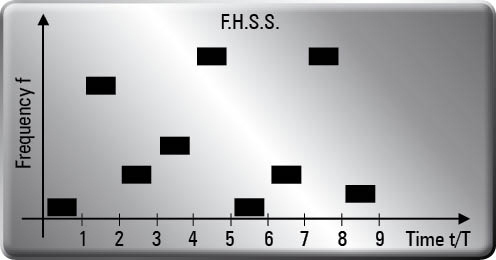
Dynamically changing radio channels
Traditional timing systems only use one radio channel and system ID. This has many downsides. Trainers have to ensure they use a free radio channel. There may also be sporadic radio interference and noise on the selected radio channel. Whatever the reason, lost impulses will take place. With HC Timing the operator does not even select a channel! This is done automatically.HC Timing has developed a frequency hopping spread spectrum (FHSS) algorithm which dynamically changes radio channels many times each second. Each impulse is transmitted on multiple different channels. All nodes in the network are synchronized to change channels simultaneously. The system even detects when there is other radio signals from other timing systems present. In that case, the algorithm backs off and tries an other free available channel.
Simultaneous impulses
Another typical source to lost impulses is when multiple nodes are triggered simultaneously. Traditional systems have no measure to prevent this scenario that leads to mutual radio blocking of both impulses. If two or more transmitters decide to transmit at the same moment, the receiver gets a superposition of the two signals, causing a collision and corrupting the radio packet. We all know what it's like when more than one talks into their walkie talkie at the same time. Many intermediates and multiple skiers increase the likelihood of simultaneous impulses taking place.HC Timing has developed a sophisticated algorithm which allows all nodes to be triggered simultaneously.

